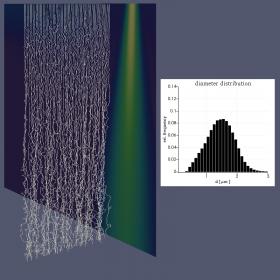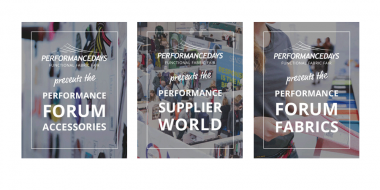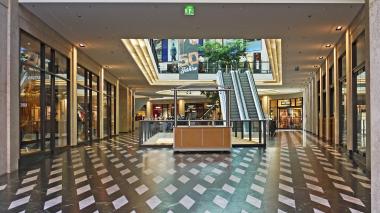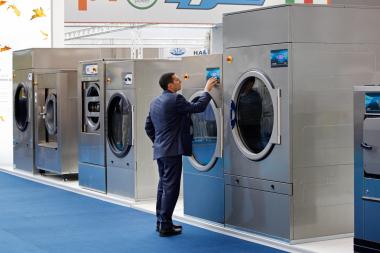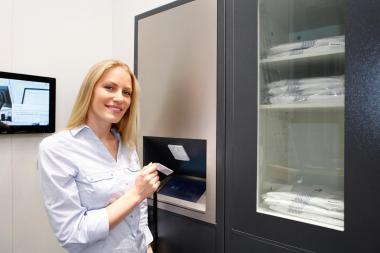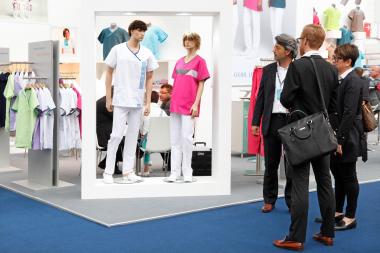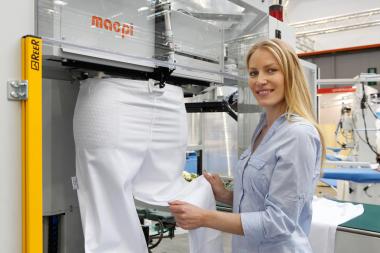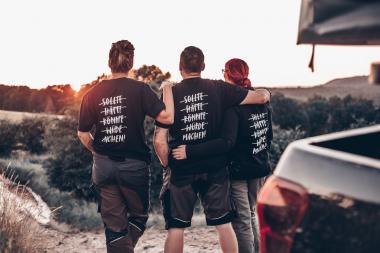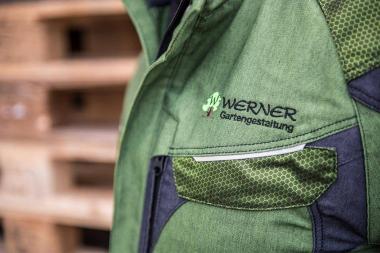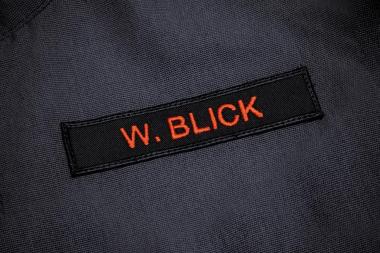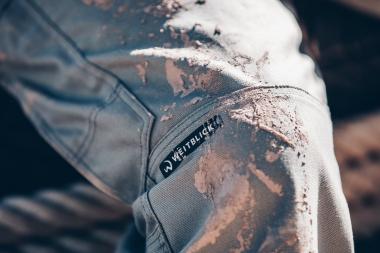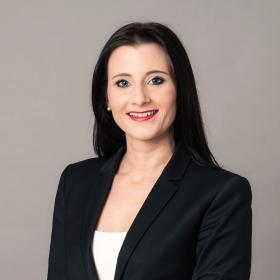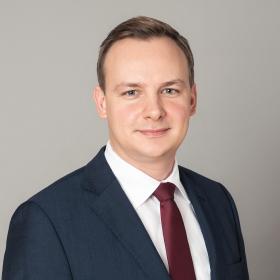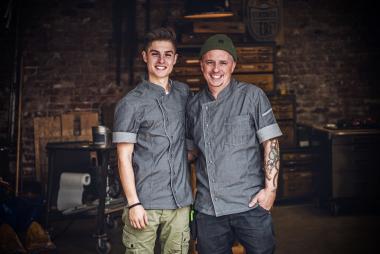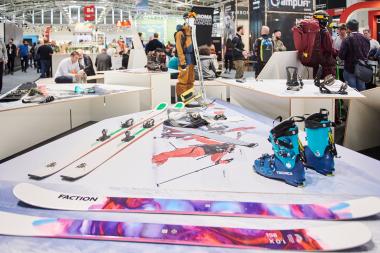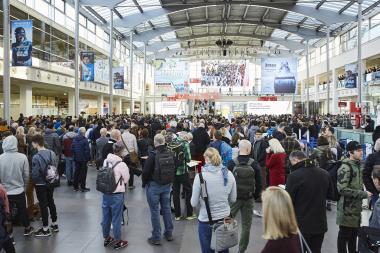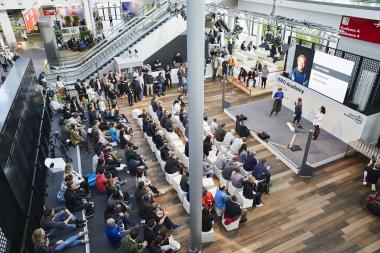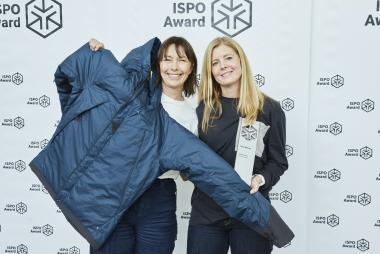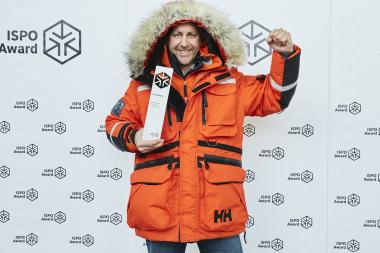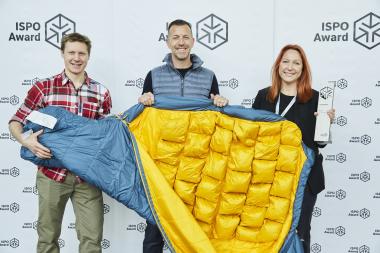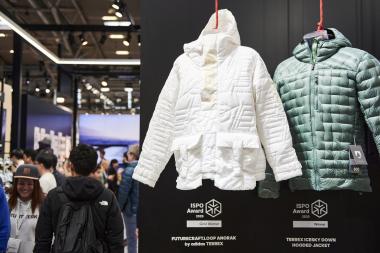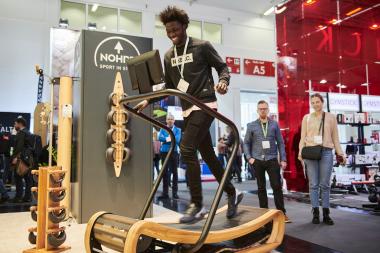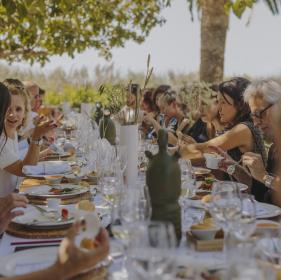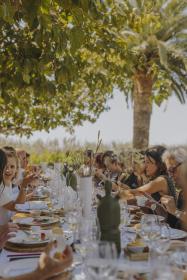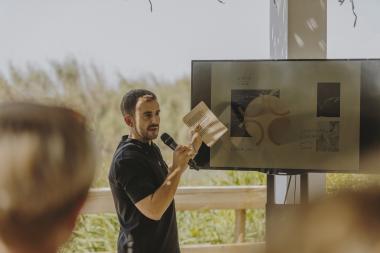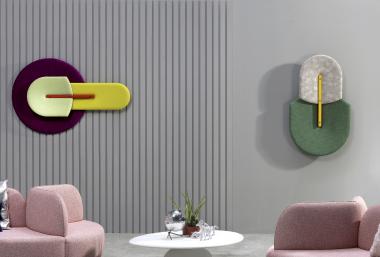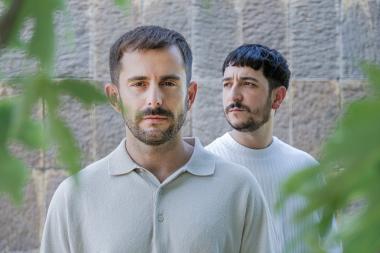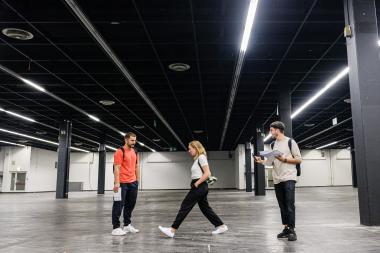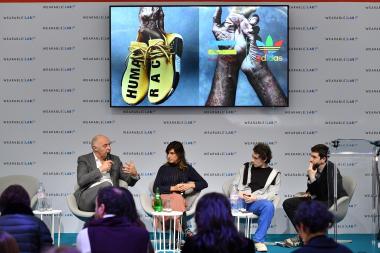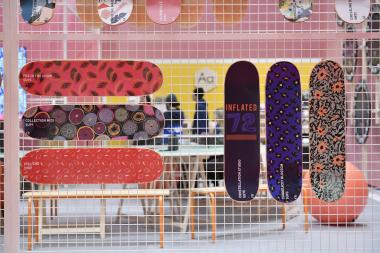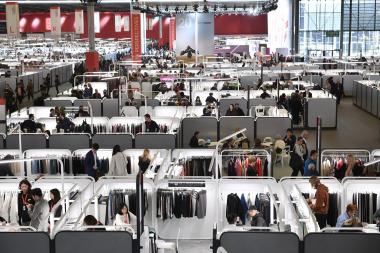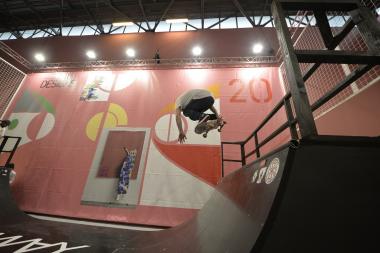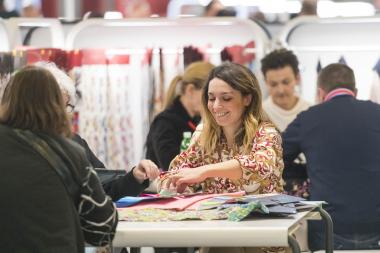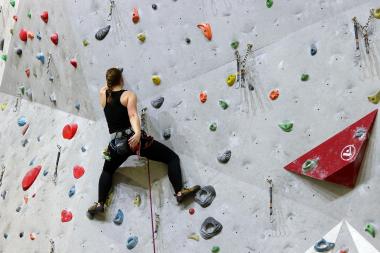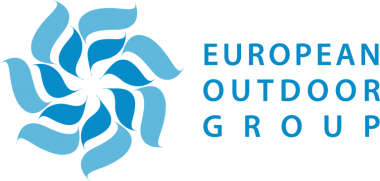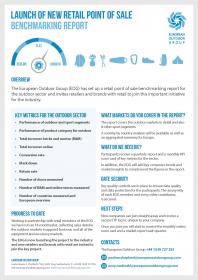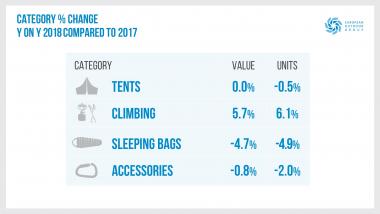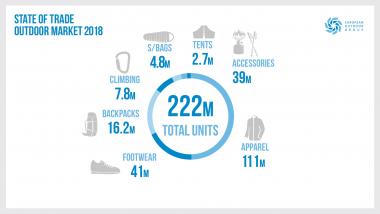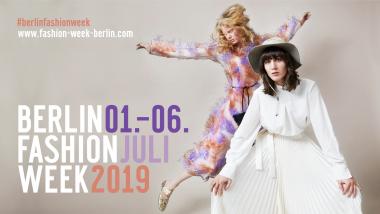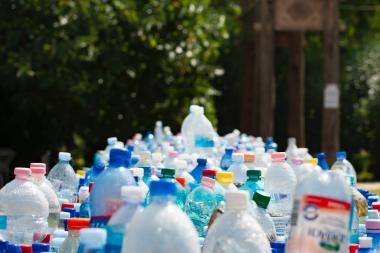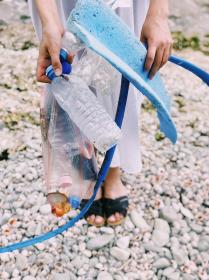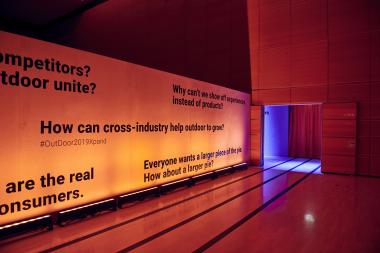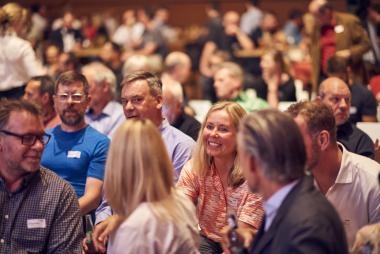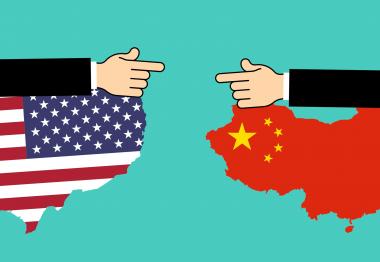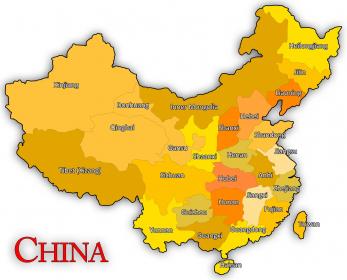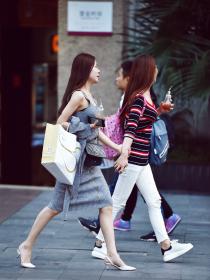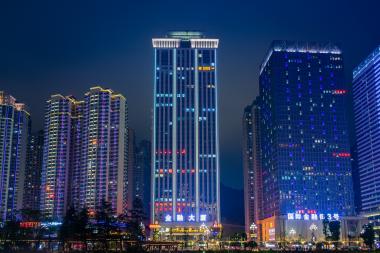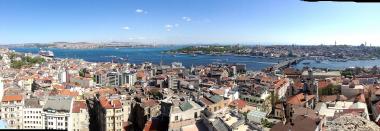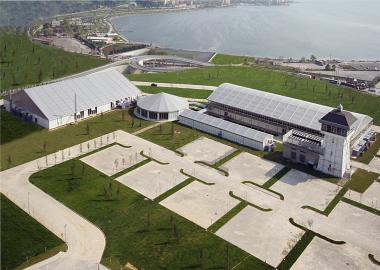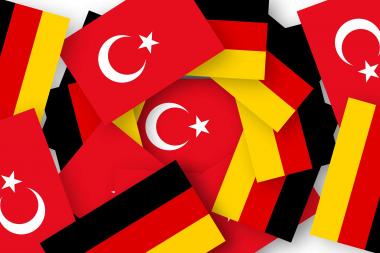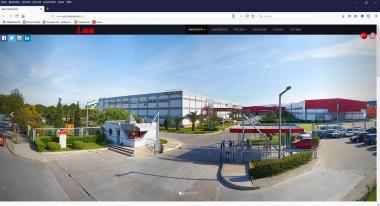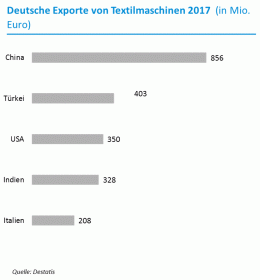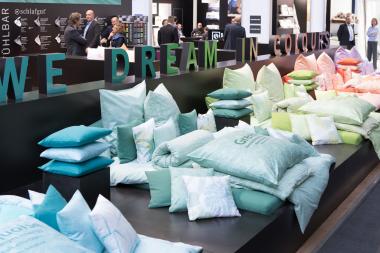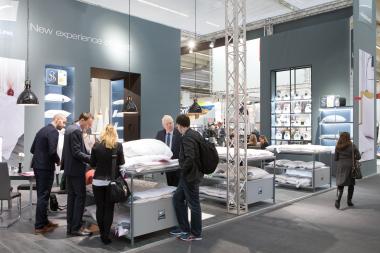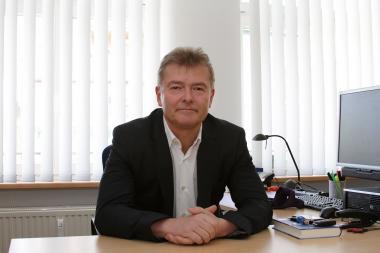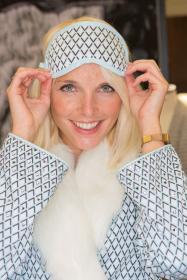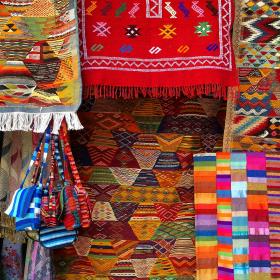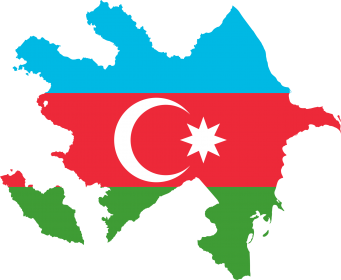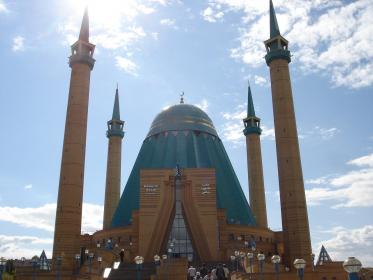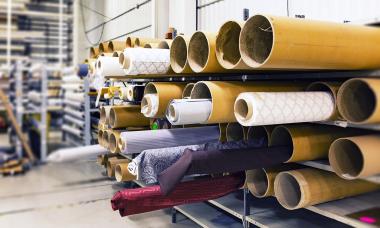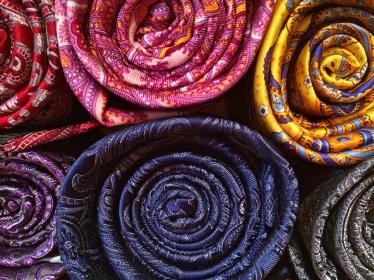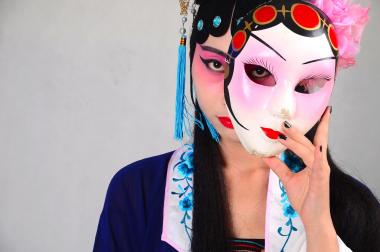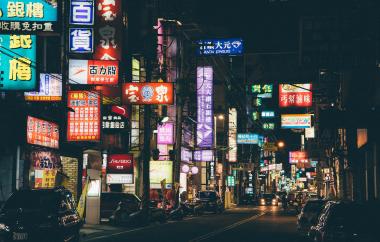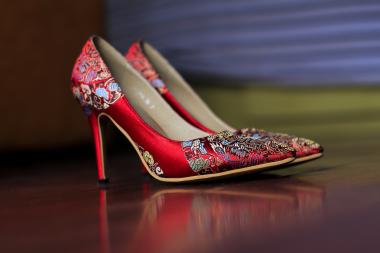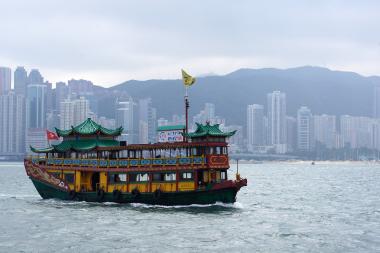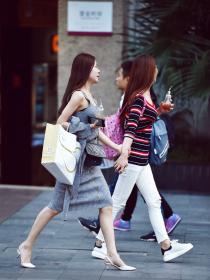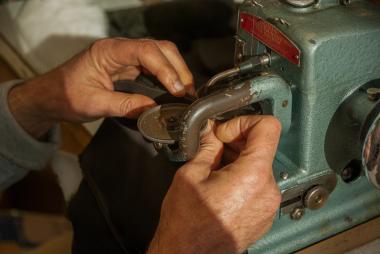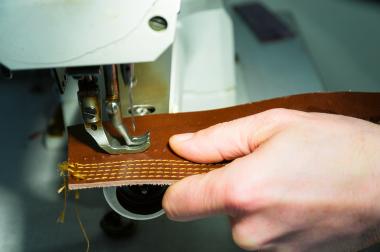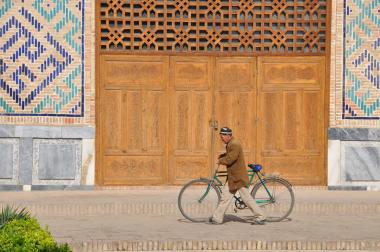TEXTILE INITIATIVES INVITE GOVERNMENTS AND ENTERPRISES TO ACT
In a joint declaration, ten initiatives and organizations working for better working conditions in the textile industry call on governments and textile companies to take urgent action in the corona crisis.
End of April, the initiatives presented a common vision for social security and responsible entrepreneurship in this crisis.
In the joint statement AGT, amfori, Better Buying, Fair Labor Association, Fair Wear Foundation, ETI Norway and ETI UK, IDH, the Partnership for Sustainable Textiles and Solidaridad expressed deep concern for the health and livelihoods of millions of workers in the clothing industry and their families.
Covid-19 is having a devastating impact on the global textile industry. Most factory workers earned too little to care adequately for themselves and their families. As social security systems are lacking in many countries, the current crisis has hit these people particularly hard.
Workers need aid funds
In their letter to the governments in the producing countries, the initiatives and organizations appeal to protect the incomes and health of the workers and to support employers in this task: “The factories must pay wages and salaries on time to ensure the workers who remain actively employed. "
If factories have to close temporarily, it should be a top priority for all concerned to support the workers directly or to help them access financial ressources. This is the only way they can bridge the time while they cannot work.
Governments of the importing countries and multilateral organizations should also act now. In addition to providing support for retail and brand companies, they should also provide aid funds for people in the producing countries.
Seven of the ten initiatives and organizations are member-based and represent around 2,000 retail and brand companies that are currently facing immense challenges. Despite the dramatic situation, companies are required to comply with their due diligence requirements and to find solutions together with their business partners. The declaration contains a list of important points that textile companies worldwide should consider.
This includes:
- Companies should support factories to implement the necessary security measures to reduce the risk of infection.
- Orders that have already been completed and are in production should be paid in full if possible.
- Companies are advised to avoid the termination of planned orders.
- They should be flexible when factories have to change delivery times and / or change payment methods.
- They should not end business relationships without first looking for alternatives with their local partners.
Rehearsal for the future
Urgent action is now necessary in the crisis. But long-term systemic improvements in textile supply chains should already be considered and shaped. Fair payment and partnership-based cooperation between retailers, brands and suppliers should become the “new normal” after the crisis and are just as important as social security.
"The current situation also offers the opportunity to make social security systems more sustainable so that times of unemployment do not immediately threaten the existence of workers," the statement said. The initiatives and organizations are also working on additional recommendations to support companies and other actors in the post-crisis period.
The text of the declaration is available for separate download.
Partnership for Sustainable Textiles





